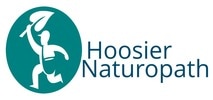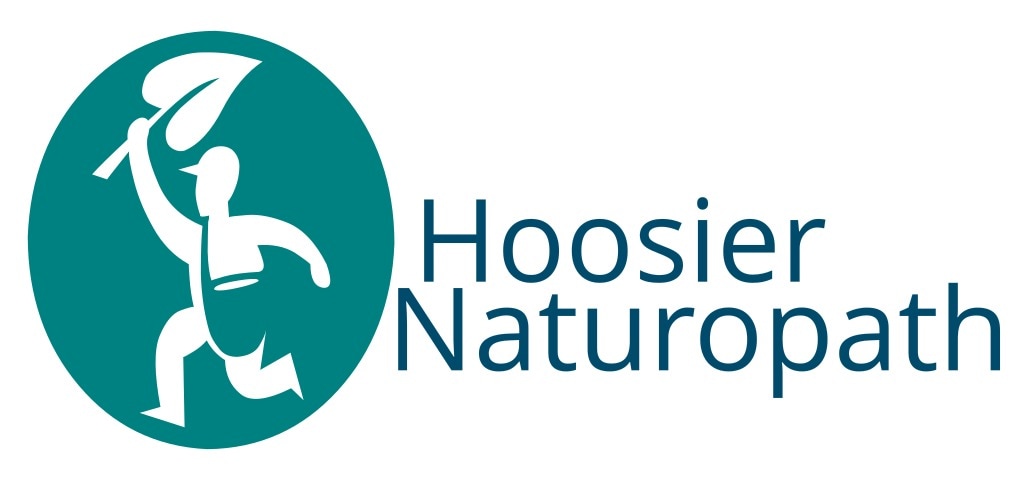|
"...a simple agent such as water, which is cheap and easily available, is often neglected for a complicated system of therapy which is not so effective." - J.S. Coulter After using them, young children have lovingly dubbed these socks, “Magic Socks”, as have some adults I know! The traditional name of this home therapy, however, is “Warming Socks”. Now, before you envision your piggly wigglies being snuggled into nice toasty socks which were pre-warmed in your electric clothes dryer, oven or microwave, please allow me to wipe that image from your mind's eye. This is a therapy involving socks that are warm; however, the name can be a bit confusing because the socks are actually applied cold. The warming part of the therapy (hence the name) relies on utilizing a warming process supplied by your very own body. Warming socks are useful in cases of colds, flu, sore throat, ear infection, headache, migraine, nasal congestion, coughs, sinus infection or in any inflammation/infection of the throat. The socks work best when they are used for three nights in a row - and at the first sign(s) of illness. Here is the How-To: Supplies –
Directions –
* The warming socks duet (wet cotton covered by dry wool) will not result in your bed becoming wet. Why the "warming socks" are useful: This is how they work - The cold causes an initial vasoconstriction (narrowing of blood vessels which slows blood flow). The body senses the cold and its effect so internal signals are triggered which initiate vasodilation (relaxation and widening of blood vessels) to increase blood flow to the feet to warm them. The heat begins to build up from the influx of blood and because the feet are insulated within the socks, but because the cotton socks are still wet, evaporative cooling begins to take place, bringing back the initial cold phase. Thus the cold/vasoconstriction and warm/vasodilation phases continue to cycle back and forth until the cotton socks are completely dry. This is a beneficial cycle; it is a constant, gentle, self-modulating treatment with tonic effects on the body. This vacillation between the cool and warm temperatures is what leads to increased circulation (blood flow) to the feet and to a decrease of blood in the congested areas (the upper respiratory passages, head, and throat). It is a reflexive action by the body - an involuntary response to a stimulus. This increase in circulation, as well as the decrease in congestion, also allows the body to better deliver fighting members of its immune system army to the sites where they are most needed. Reference: Wade Boyle, N.D. and Andre Saine, N.D. Lectures in Naturopathic Hydrotherapy. Eclectic Medical Publications. Sandy, Oregon 97055. Copyright 1988, Fourth printing 1995.
0 Comments
|
Details
AuthorThe author of the blog posts of Hoosier Naturopath is our executive director, Gail Littell, ND, LMT, unless otherwise noted. We hope you enjoy our posts - Come, let us reason together... Archives
May 2023
|
DISCLAIMER: The information presented on this website is educational in nature. Please do your own research to verify any information presented here and use common sense when making choices related to healthcare for yourself and your family. The naturopathic doctors associated with Hoosier Naturopath are not licensed to practice medicine in Indiana.

 RSS Feed
RSS Feed
